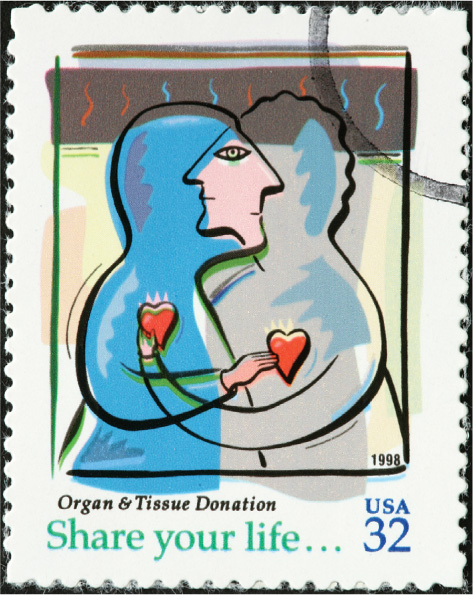A MATTER OF LIFE AND DEATH
Each year about 4,000 people in the United States die while waiting for a kidney transplant. In 2013, over 90,000 were wait listed. Since the number of those in need of a kidney far exceeds availability, what is the best way to allocate available organs? A market isn’t feasible. For understandable reasons, the sale of human body parts is illegal in this country. So the task of establishing a protocol for these situations has fallen to the nonprofit group United Network for Organ Sharing (UNOS).
At one time, UNOS guidelines stipulated that a donated kidney went to the person waiting the longest. An available kidney would go to a 75-year-old who had been waiting for 2 years instead of to a 25-year-old who had been waiting 6 months, even though the 25-year-old will likely live longer and benefit from the transplanted organ for a longer period of time.
To address this issue, in 2013 UNOS adopted a new set of guidelines based on a concept it called “net survival benefit.” According to these guidelines, kidneys are ranked according to how long they are likely to last; similarly, recipients are ranked according to how long they are likely to live with the transplanted organ. Each kidney is then matched to the person expected to achieve the greatest survival time from it.

A kidney expected to last many decades will be allocated to a younger person, while older recipients will receive kidneys expected to last for fewer years. This way, UNOS tries to avoid situations in which (1) recipients outlive their transplants, creating the need for another transplant and reducing the pool of kidneys available and (2) a kidney “outlives” its recipient, thereby wasting years of kidney function that could have benefited someone else.
What does this have to do with consumer surplus? As you may have guessed, the UNOS concept of “net survival benefit” is a lot like individual consumer surplus—the individual consumer surplus generated from getting a new kidney. In essence, UNOS devised a system that allocates donated kidneys according to who gets the greatest individual consumer surplus from it. In this way, the new UNOS guidelines attempt to maximize the total consumer surplus available from the existing pool of kidneys. In terms of results, then, a “net survival benefit” system operates a lot like a competitive market.